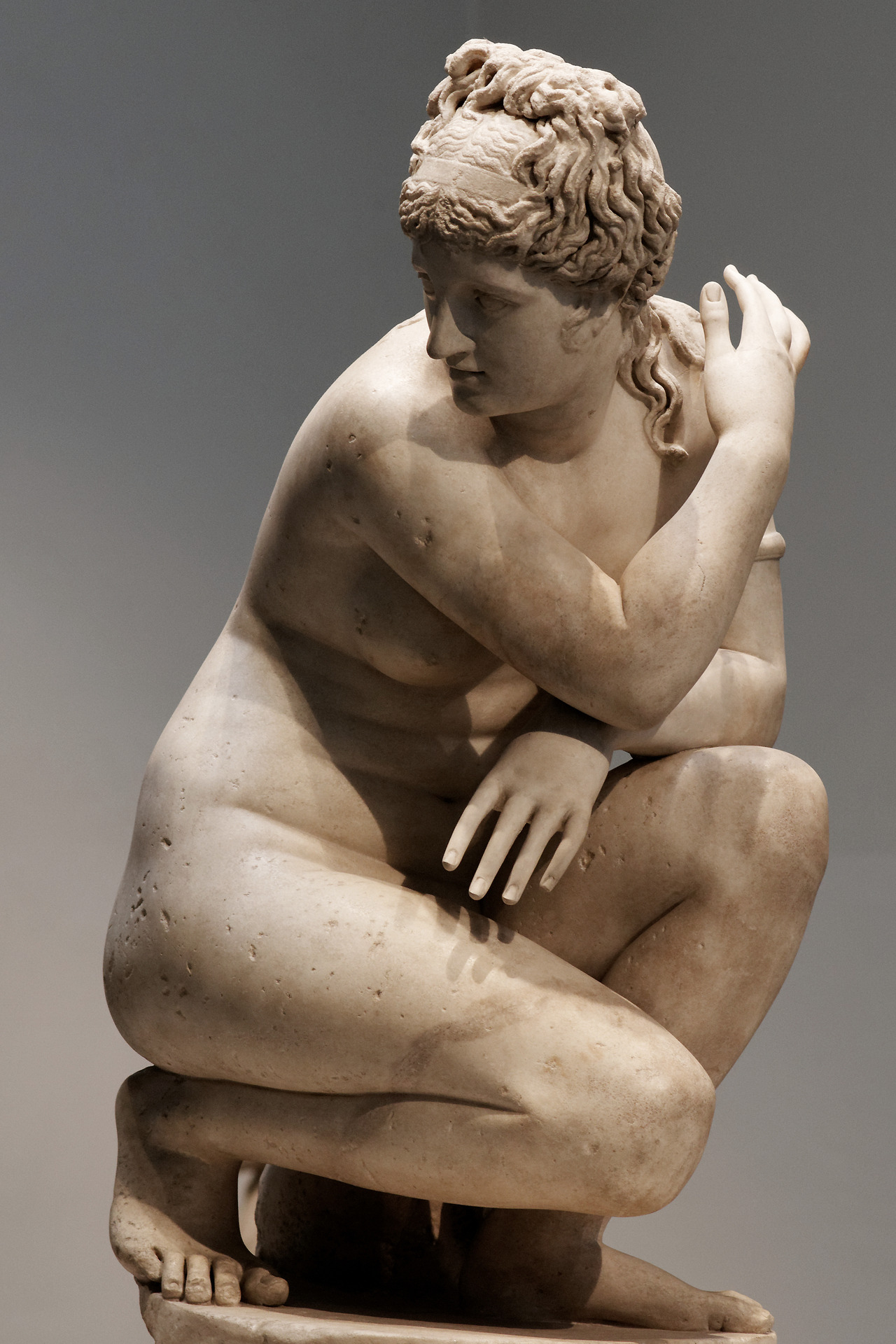I arrived at the British Museum with only limited time to explore the building – and wow, what a building! The reading room in the centre of the great court has the second largest domed ceiling (after the Sistine Chapel) but it is being used for an exhibition and you can’t go in otherwise. There are plenty of other treasures to admire, however.
 |
| The Great Court in the British Museum |
I only had time to look at the ground floor and I was overwhelmed by the sheer weight of history. The Assyrian gateways, black obelisks and colossal guardian lions are incredible. The Balwat Gates (858-824BC) are wooden gates covered with strips of bronze embossed with scenes from Shalmaneser’s campaigns. The statue of Amenhotep III (1350BC) from the Temple at Thebes is impressive, and the guardians of the city wall from Ashur (835BC) are immense. Even on the reliefs from doors and walls, there is simply so much history.
 |
| The Assyrian room and the Balwat Gates - photo by Nathan Meijer |
Of course there was a massive crowd around the Rosetta Stone and I could barely get near it. Some may be trying to decipher the meaning of the ancient hieroglyphics, hoping to grasp the key and unlock the mysteries of Egyptian culture, but most are simply pointing their i-phones and gurning at the glass case – surely they would be better suited to buy a postcard?
 |
| The Rosetta Stone at the British Museum - fascinating folk for thousands of years! |
The Egyptian sculpture rooms contain stone people and lions, limestone dyads of a man and wife (approx 1350BC) and a seated Salchmet (approx 1400BC) – a black granite leonine goddess, bringer of destruction to the enemies of sun-god Ra. There are red granite statues of kings, heads, and a sarcophagus (approx 2400BC). The black granite statues of King Sesotris III (approx 1850BC) have excellently worked faces with overlarge ears and neck jewellery carved into the torso.
 |
| Horus in Roman Military Costume |
I am confronted by obelisks and sphinx; a grey granite papyrus-column (1500BC); a red granite arm from a colossal statue; the sarcophagus of Merymose (approx 1380BC); a limestone figure of Horus-falcon (600BC); a black schist sarcophagus and lid of Ankhnesneferibre; Horus in Roman military costume (AD 50-300); a red breccias figure of the goddess Taweret (664-343BC).
Panehsy (approx 1270BC) kneels, holding a shrine containing the gods Horus and Osiris, and the goddess Isis. A grandiorite figure of a Horus-falcon (600BC) has eyes of ivory and bitumen. Animals include eagles, ravens, rams and a colossal scarab beetle. Each one is amazing. All together they are overwhelming.
 |
| Venus (Surprised as She Bathes) by Lely |
I moved through to the Greek and Roman sculpture, which was far more familiar to me and therefore, perhaps, less daunting. Lely’s Venus (Surprised as She Bathes) is a central statue, and is on loan from Her Majesty Queen Elizabeth II. There are rooms of headless figures (Dr Who’s scary weeping angels have a lot to answer for) and a reconstruction of Olympia, and the Nereid Monument.
Everywhere are examples of horses’ heads, gods, men, centaurs and battles, and over all hangs the question of should they really be here or have we been stealing other peoples’ history? A pamphlet seeks to answer the question and, being distributed by the British Museum, obviously sides heavily with Lord Elgin and his successors. I must agree that it is fabulous these antiquities are free for all the view and admire.
 |
| The Nereid Monument at the British Museum |








